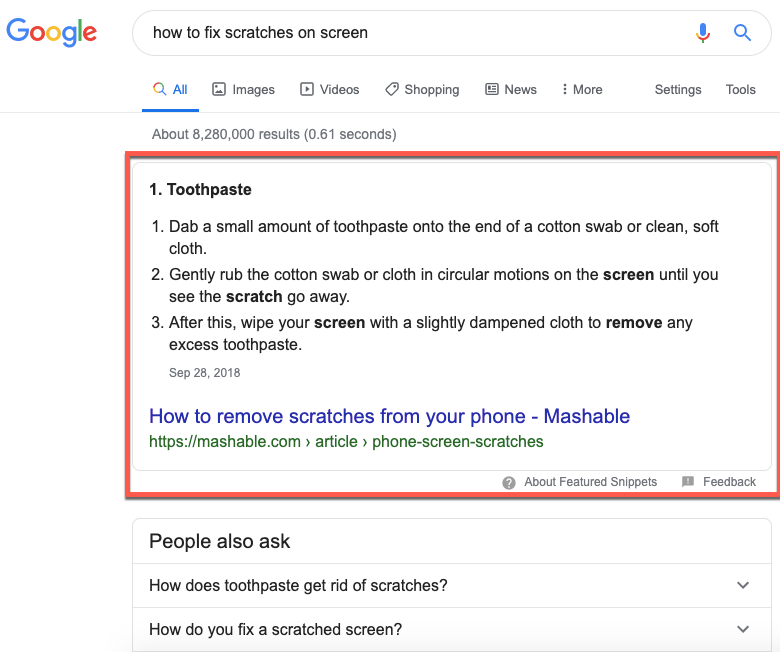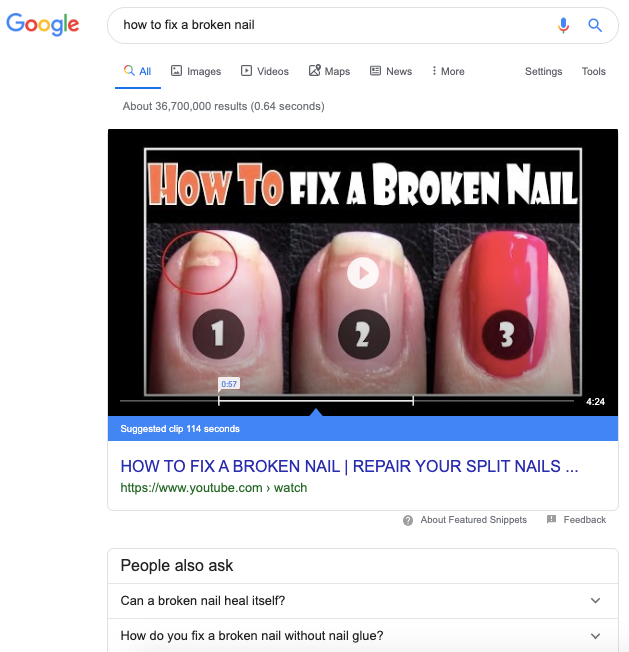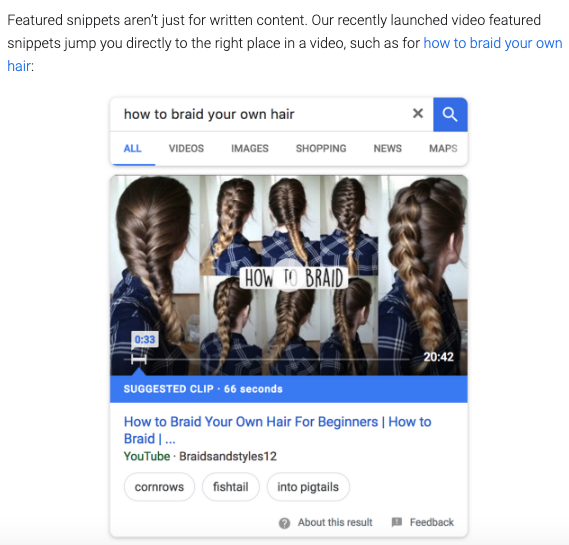SEO trends and best practices to help your website rank better in 2020
Search engine optimisation (SEO) continues to play a key role in helping to make your website easy to find by your target audience. With 2019 coming to end, it’s time to speculate about SEO trends for the coming 12 months.
So here are the key trends and best practices that we believe will have a significant impact on SEO and your website optimisation efforts in 2020.
Optimise for voice search
Comscore has predicted that half of all searches in 2020 will be voice searches. It’s no surprise considering the increasing use of digital assistants and smart home devices. In fact, Google also revealed that 72% of people who own voice-activated speakers say their devices are used as part of their daily routines.
What does this mean for your small business?
It means that you need to optimise your content for voice search. And the first step to doing that is to understand how voice search is different from text search.
If you think about it, the average search phrase that a user types into Google is usually short, with around one to three words. On the other hand, the average voice search phrase is longer, with around three to six or more words. Why? Because voice searches are usually phrased as questions.
For example, a user might type in “emergency plumber near me” or “emergency plumber rates” into Google’s search box. But when talking to their voice assistant, they’re far more likely to ask a question like: “Where is the nearest emergency plumber?” or “How much does an emergency plumber cost”?
So if you want to optimise for voice search in 2020, you need to create content that not only incorporates your audience’s questions and gives them the useful answers they’re looking for, but that’s also written in a conversational manner.
Optimise for featured snippets
Another consequence of voice assistants becoming the go-to search tool is the importance of “position zero” or the position that featured snippets give to content in the search results page.
If you’re not familiar with featured snippets, they’re a highly visible block of information that shows up at the very top of the first page of results.
For example, if you run a search on Google for “how to fix scratches on screen”, you’ll notice a snippet with information that answers your question that’s displayed above all other links and results.
Here’s how it looks:

The beauty of featured snippets is that users get their answers quickly and directly on the search results page, without having to click through to another site to view the information.
These featured snippets can contain anything from numbered lists, bullet points and videos.

This is a key SEO trend in 2020 so you best be prepared if you want to earn the zero spot and stand out in the search results.
So, how do you optimise for featured snippets to boost your exposure and credibility in the search results and keep your site far above the fold?
There are lots of things you can do, but here are a few tips to get you started:
- Create high-quality, relevant content that answers users’ questions.
- Provide quick, concise answers (no longer than 90 characters) below each subhead that Google can grab and feature in the snippet.
- Look at current featured snippets for your main keywords and keyword phrases, and learn from them.
- Structure your content using headings and subheadings where you address your audience’s most common questions.
Read these posts for more tips and advice on how to show up in Google’s featured snippets:
- A quick start guide to getting started with featured snippets on Google
- How to optimise for Google’s featured snippets to build more traffic
Use video to improve your SEO
According to Cisco, online video will make up 80% of all online traffic by 2021. Just run a a few quick “how to” searches on Google and you’ll notice how most featured snippets are videos.
They’re so important to boosting a site’s visibility in the search results that Google highlighted video featured snippets in their “Reintroduction to Featured Snippets” report.

So, what does this mean for your small business?
It means you should create more videos to educate, inform and entertain your audience. And you should make sure to properly optimise them to increase your chances of taking the featured snippet spot, or at least show up at the top of the search engine results.
Here are a few resources with tips on everything from the types of videos you can create for your audience to how to optimise your YouTube videos:
- Eight types of videos to engage your audience
- A beginner’s guide to promoting your website with YouTube
- SEO for YouTube: How to optimise a YouTube video
Write content that matches search intent
Search intent was a SEO trend in 2019 but in 2020, you can’t afford to ignore it if you want your audience to find your website in the search results.
What is search intent?
It refers to the “why” behind a user’s search query. In other words, why did the user make that specific search? Are they looking for information about something? Or do they want to make a purchase?
So, if you want to succeed and further your visibility in the search results in 2020, you’ll need to create content that matches a searcher’s intent so that Google thinks yours is the most relevant result for a specific query.
The first step is to make a detailed profile or description of your ideal customers. This is also known as “buyer persona”. Why is this important? Because it can shed light on questions that your prospects are asking and what kind of answers you can provide in your content to better nurture them as you guide them through the purchasing process.
It’ll also help you to figure out what your audience searches for when their intent is to learn more your business and what you sell, or when it’s to buy one of your products or services.
Read this post to learn more about buyer personas and how to create yours. Then start creating new content or optimising your existing one so that it matches your audience’s intent.
How are you preparing for SEO in 2020?
Users are increasingly engaging with content that makes real conversation with them and shows an understanding of their context, preferences and what they’re looking for.
So, in 2020, the better you understand what your target audience is looking for, the better you’ll be able to create content that resonates with them and shows up at the very top of the search results.
